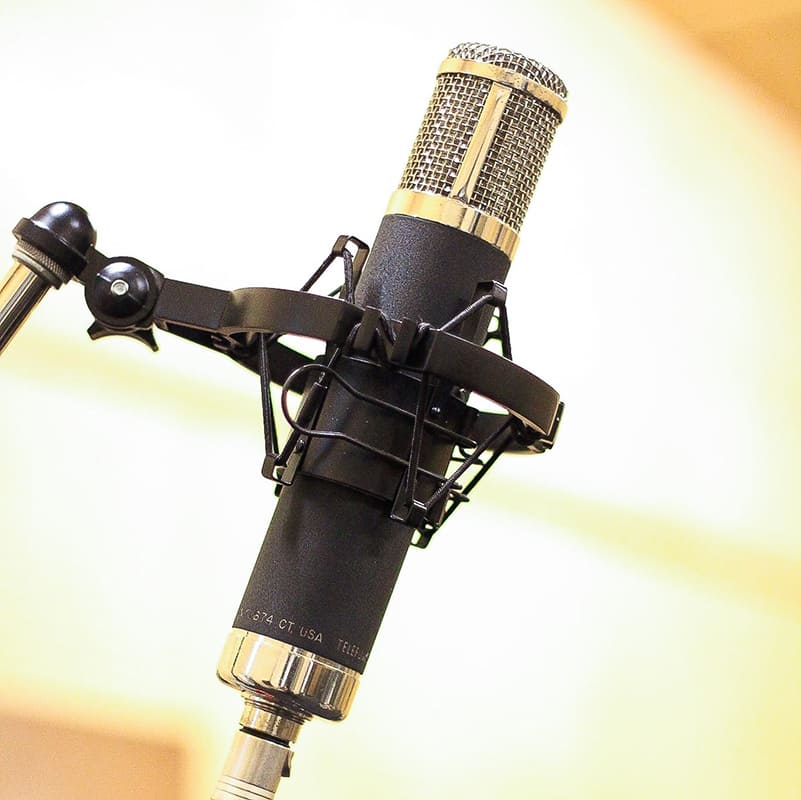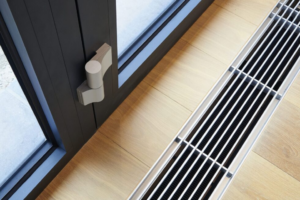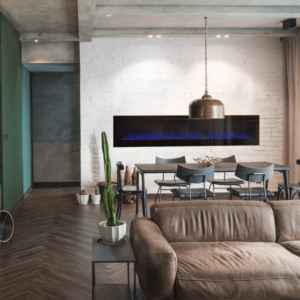Natural recording settings offer an appealing alternative for many artists. These outdoor and rustic indoor settings add unique, organic qualities to recordings that simply can’t be replicated in a traditional studio.
Using natural spaces can offer distinct advantages for artists looking to inject creativity and authenticity into their sound.
Unique Acoustic Qualities
One of the biggest advantages of recording in a natural setting is the unique acoustic qualities. Every environment has its own signature sound, which can change dramatically depending on the landscape, materials, and even weather conditions. For instance:
- Wooden structures can produce warm, resonant tones due to the sound reflection from timber walls.
- Open fields provide a wide, expansive quality, adding space and depth to the sound without echoes that might occur indoors.
- Stone buildings or cabins offer a reflective but mellow sound that adds warmth without excess reverberation.
These distinct acoustics can add richness and texture to recordings, resulting in a sound that is simultaneously polished yet organic.
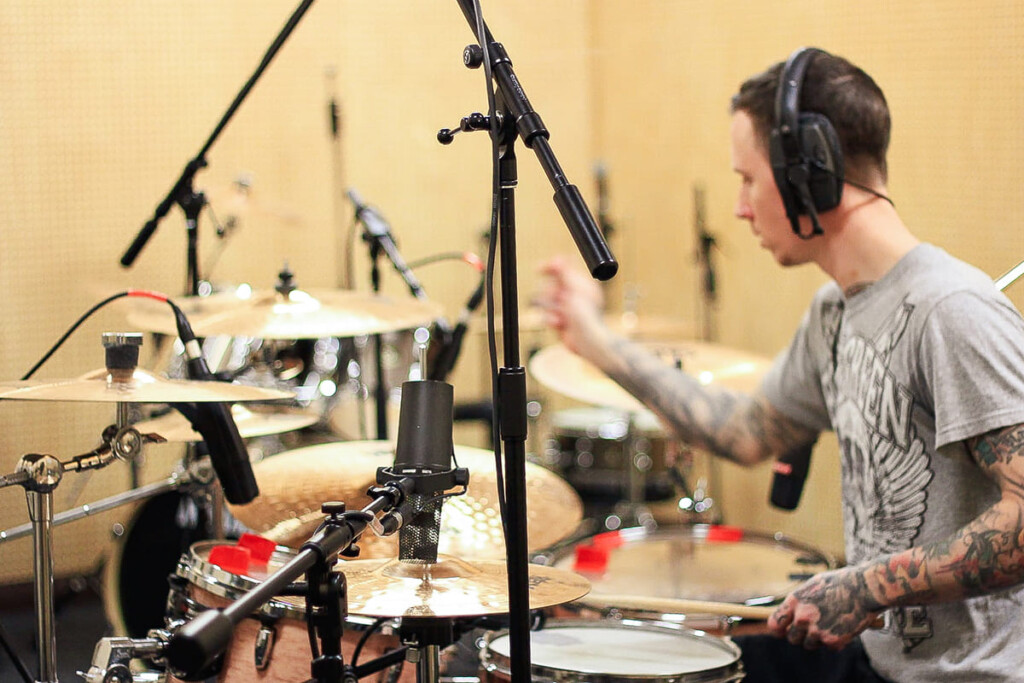
Capturing Ambient Sounds
When recording in a natural setting, ambient sounds become part of the overall experience. Birdsong, the sound of rustling leaves, waves, or wind can subtly enhance the recording, adding layers of atmosphere. Ambient sounds provide a sense of place and time, which may help listeners feel more immersed in the music. These sounds can act as both a background element and a creative layer, blending with the music to evoke a particular mood.
However, it’s essential to plan around these ambient elements to avoid overwhelming the primary track. Understanding the rhythm and intensity of natural sounds in your chosen environment will help you balance them effectively.
Gear Essentials for Recording in Natural Settings
While recording in a natural setting has its rewards, it does come with some logistical challenges. Preparing the right gear can ensure a smooth and successful recording session. Here’s what to consider:
- Portable recording equipment: Compact, high-quality recording devices that can capture audio with precision and are easy to set up. Look for portable interfaces, microphones, and stands designed for outdoor use.
- Microphones with wind protection: Recording outdoors can expose your equipment to wind, which often causes undesirable noise. Investing in windshields or blimps for your microphones can mitigate this issue. Cardioid or directional microphones also help minimise background noise while focusing on the primary sound source.
- Power and connectivity: Some remote locations might lack easy access to electricity. Portable power banks or batteries ensure your equipment doesn’t fail mid-session. Additionally, wireless connections between devices, if compatible, can reduce clutter and enhance mobility.
- Weather-resistant accessories: Natural recording sessions might expose gear to humidity, dust, or sand. Ensure you have suitable cases or covers for your equipment and plan accordingly if the weather changes.
Finding the Right Natural Space
Selecting the perfect location is key to capturing the sound and vibe that matches your creative vision. Here are a few considerations:
- Accessibility: Ensure the site is easy to reach and suitable for setting up equipment.
- Ambient noise levels: Check for unavoidable noises like traffic, crowds, or nearby machinery that might interfere with the recording.
- Permits and permissions: Some outdoor spaces or historic buildings might require permits for recording. Plan ahead to avoid disruptions.
Adapting to the Environment
Recording in natural settings requires adaptability and patience. Whether it’s an unexpected downpour, a sudden breeze, or local wildlife becoming unexpectedly vocal, flexibility is essential.
Adapt the setup and the approach: For example, if the wind picks up, reposition the microphone or record inside a sheltered structure. If unexpected ambient noise appears, consider integrating it creatively into the recording rather than scrapping the session.
Using Nature’s Inspiration in Your Recording
Natural settings offer much more than just a backdrop; they become part of the creative process. Many artists find that being in a natural setting can help them access new layers of creativity and authenticity. For example, a folk singer might draw from the sounds of a nearby stream or forest, while a rock band might use a historic building’s rustic echoes to create an edgier sound.
Mixing and Editing Natural Recordings
While recording in a natural setting gives unique character, a certain level of post-production may be necessary to polish the final product. Here are some key points for mixing and editing recordings from natural environments:
- Ambient sound control: While background sounds are often desirable, too much can distract from the main recording. Use EQ and noise reduction techniques to highlight essential ambient elements and dampen any unwanted sounds.
- Balance and blend: Natural sounds need to harmonise with the primary track. Adjust volume levels and apply reverb as needed to create a balanced sound that feels cohesive without overdoing it.
- Audio restoration tools: Outdoor recordings might pick up unpredictable sounds or background noise. Software that helps with audio restoration can clean up these elements without compromising the recording’s natural essence.
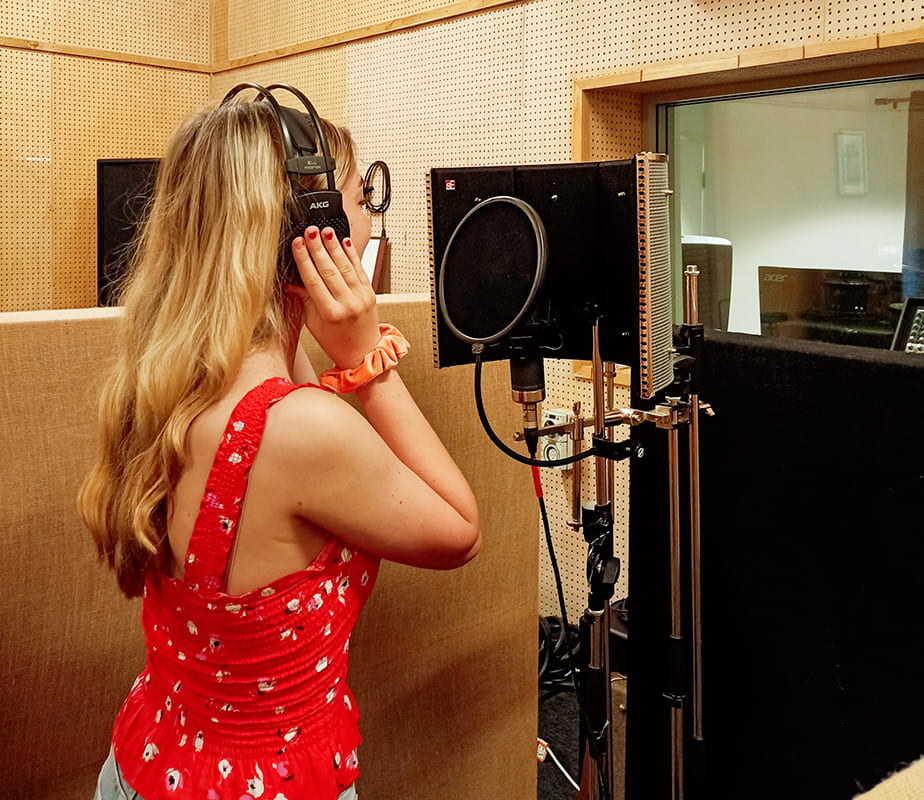
Achieving Authenticity with a Modern Twist
By recording in natural settings, musicians can create a sound that balances authenticity with technical quality. While the allure of high-tech studios will never fade, natural spaces provide a timeless alternative that appeals to artists aiming for a more authentic, unfiltered experience. For listeners, this unique sound can feel like a breath of fresh air—quite literally—by taking them to places they might never have imagined.
Closing Thoughts
The art of recording in natural settings is about embracing unpredictability, being prepared, and allowing the environment to add to the recording’s essence. With the right equipment, a carefully chosen location, and an open mind, natural spaces can become as much a part of the music as any instrument. For artists and listeners alike, the experience offers a distinctive quality that’s as rich and layered as the world itself.

